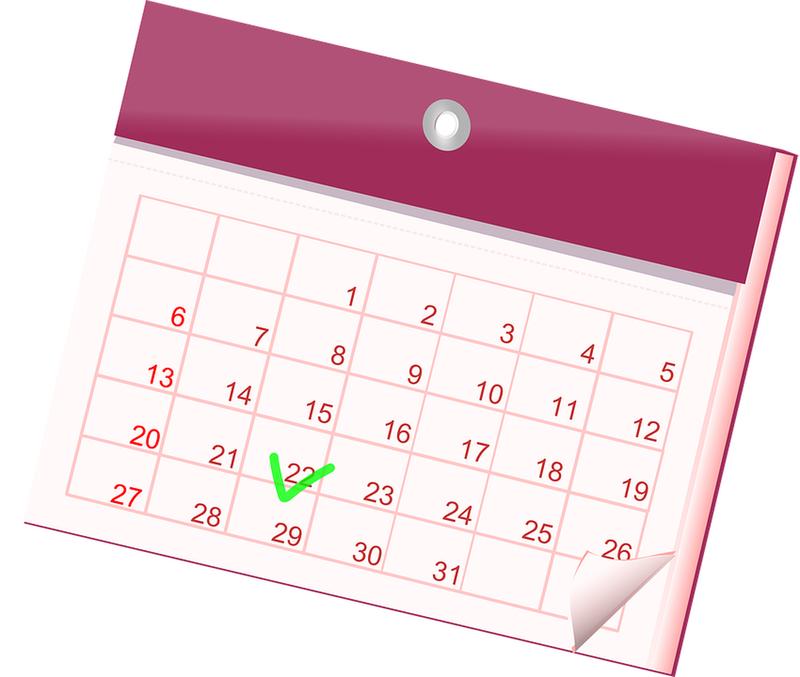How Many Days Are in a Year Without Weekends?

The number of days in a year without including weekends totals 260 days. Every four years, this number will be 261 because of leap year, such as in 2020. There is a simple formula used to come up with this calculation: The number of weeks in a year is 52.14, and there are two weekend days in every one of those weeks, so that leaves five days left in the week. Take these five days and multiply them by 52.14, and you get 260.7, or 261 when rounded up. Of course, during leap years, you would have to add one more day to that total.
How Many Days Are in a Year?
A regular calendar year consists of 365 days. The common calendar that we use in everyday life is called the Gregorian calendar. During leap years, which happen every four years, there are 366 days in the year.
There are other ways that a year is measured, such as the Julian year. This type of calendar is used for astronomical calculations. One year is equal to 365.25 days. There is also the Sidereal year, which is measured by the amount of time it takes the Earth to rotate around the sun one time. In the Sidereal year, there are 365.25636 days.
How Many Weekend Days Are in a Year?
There is a straightforward way to figure out this calculation if you’ve already figured out how many nonweekend days are in the year. You would subtract the 260 days from 365 days to determine there are 105 weekend days in a calendar year. Again, add one day to that total for leap years.
How Many Weeks Are in a Year?
We can figure out how many weeks are in a year with some more simple math. We know that in a nonleap year, there are 365 days, and we know there are seven days in a week. Divide 365 days by the seven days, and it equals 52.143 weeks or 52 weeks and a day. It would be the same formula to figure out the calculation for leap year: 366 / 7 days = 52.286, easier said as 52 weeks and two days.
How Many Work Hours Are in a Year?
A standard way of figuring out how many work hours are in a year is to take 52 weeks, multiply it by 40 hours per week, and you get a total of 2,080 work hours. This calculation does not include any holidays and is based on a full-time employee working 40 hours per week.
Interesting Facts About the Calendar
Pope Gregory XIII introduced the calendar in the 1500s, hence the name Gregorian calendar. It was originally looked at as the work of the Antichrist, and people were not receptive to it.
Trying to figure out why leap years fall when they do is quite confusing. Leap years fall during years that can be divided by four, but if those years are also divisible by 100, they have to also be divisible by 400. For example, the years 1900, 2100, and 2200 cannot be leap years. However, 1600, 2000, and 2400 are leap years.
In our time, we start a new day at midnight, but it hasn’t always been that way. Astronomers used to measure days from noon to noon. Some cultures used to start the new day at sunrise and others at sunset.





